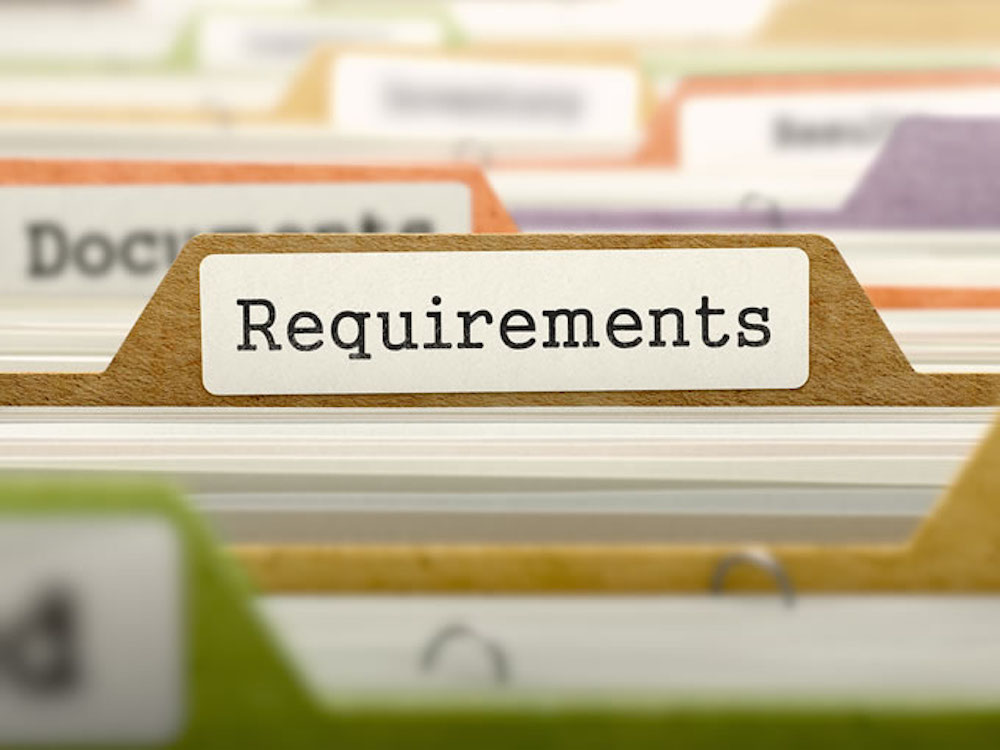
But are you using them correctly to give everyone the experience that you are hoping they receive?
In this post, I will talk about the best practices for Video conferencing to give you the best results, both for the presenters and the participants. We will also talk about some of the basic mistakes that you should always avoid. Continue reading “Best practice when using video conferencing solutions”



